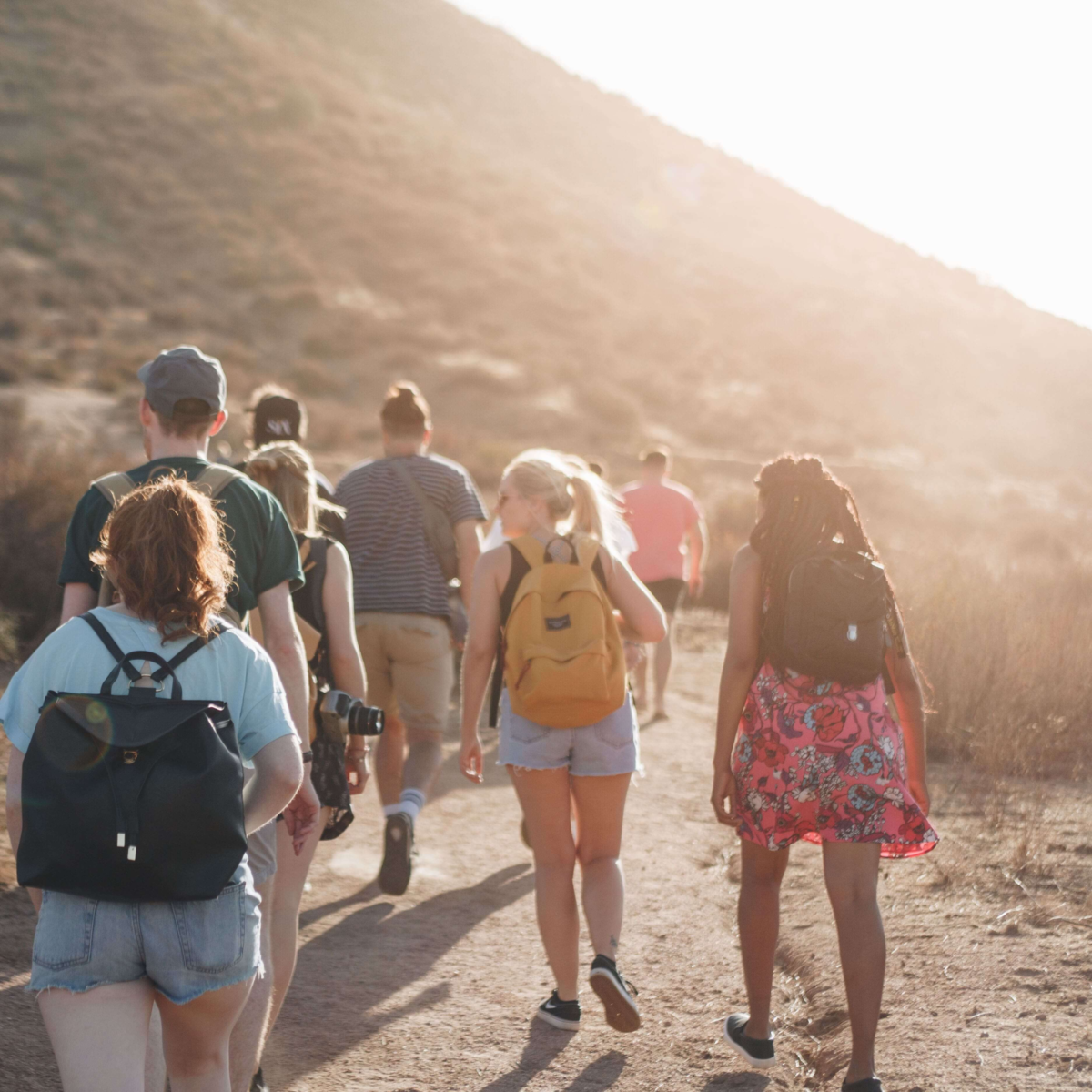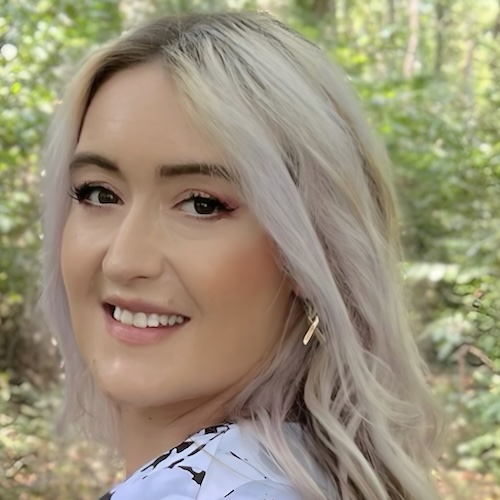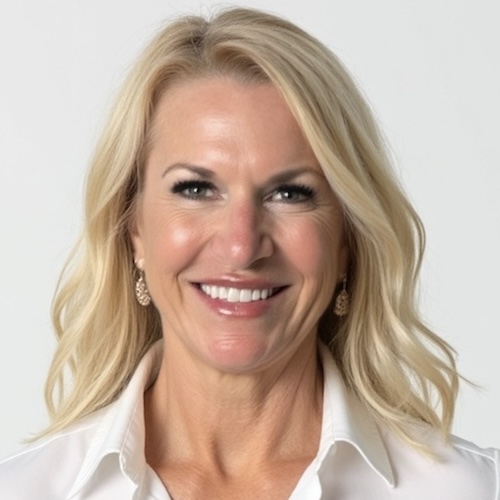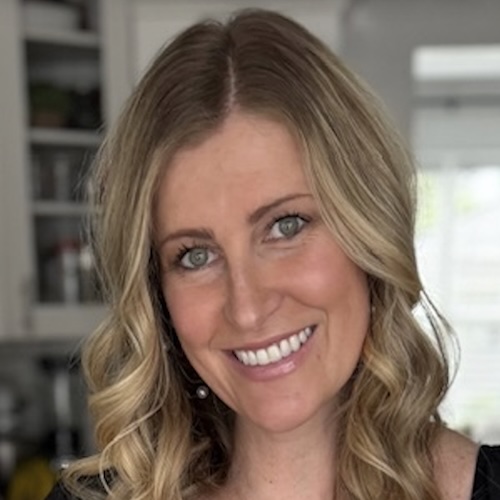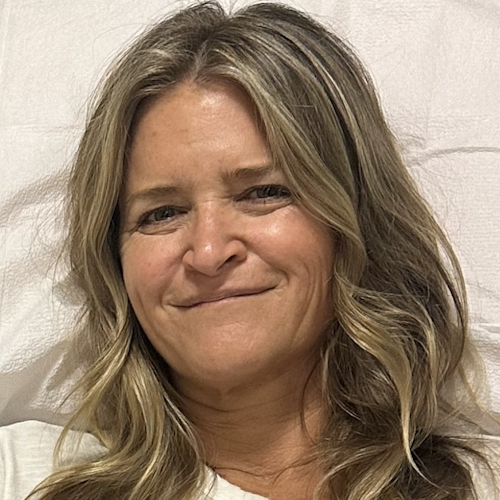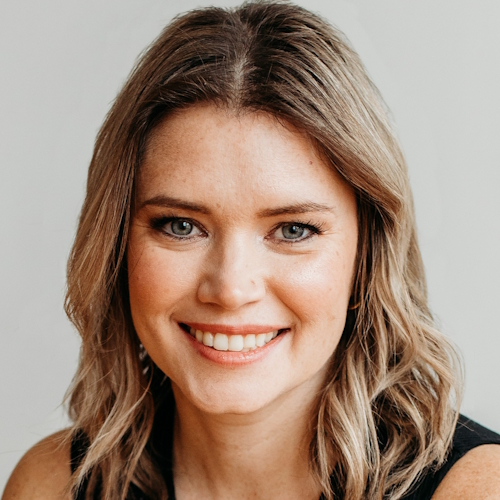Skin Cancer Stories
Patients Share Symptoms, Diagnosis, Treatment
Skin cancer is the most common cancer in the United States and worldwide. There are three major types of skin cancers: basal cell carcinoma (BCC), squamous cell carcinoma (SCC), and melanoma.
Below explore our skin cancer stories from patients who describe how they got diagnosed (first symptoms), undergoing treatments, and navigating life with skin cancer.
Note: We are trying to build more skin cancer stories! If you’re interested in sharing yours, please fill out our Intro Survey.
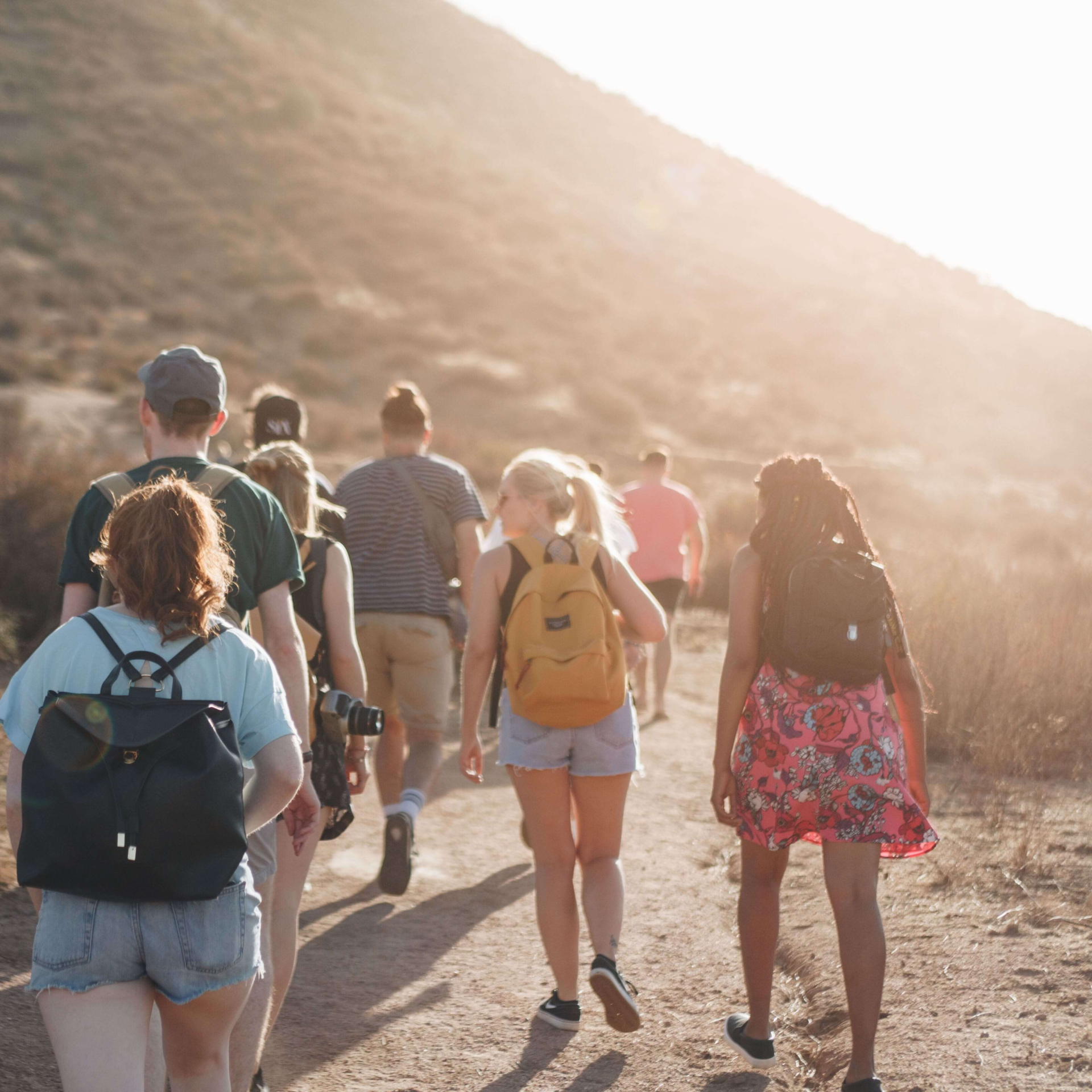
Table Of Contents
Melanoma Stories
Brittanny G., Skin Cancer (Melanoma), Stage 3A
Symptoms: Mole that enlarged, changed shape, and became dry, patchy, and flaky, fatigue
Treatments: Surgeries (wide local excision, lymphadenectomy), immunotherapy
...
Teresa B., Recurrent Breast Cancer (Hormone-Positive), Oral Cancer (Lip Cancer), and Skin Cancer (Melanoma)
Symptoms: Lip cancer: chapped lips & a pimple-like growth on lip, breast cancer: enlarged left breast with lump, melanoma: none
Treatments: Surgeries (bilateral mastectomy with reconstruction, lumpectomy, craniotomy, Mohs, surgery, wide local excision), hormone therapy, radiation therapy
...
Jennifer M., Melanoma, Stage 4 (Metastatic)
Symptom: Persistent cough, body and chest aches and pains, night sweats, fatigue
Treatments: Immunotherapy, surgeries (lung resection, pericardiectomy)
...
Cheyenne E., Melanoma, Stage 3B
Symptom: Itchy mole on her back that changed in appearance
Treatments: Surgeries (wide local excision, sentinel lymph node biopsy, lymph node removal), immunotherapy
...
Robin A., Melanoma, Stage 4
Symptom: Appearance of a small bump on the chest
Treatments: Chemotherapy and immunotherapy (under a clinical trial)
...
Megan S., Melanoma, Recurrent (Stage 1A & Stage 4)
Symptoms: New mole, cough, wheezing, chest pain, back pain
Treatments: Surgeries (mole excision, reconstructive surgery, thoracic surgery), immunotherapy, targeted therapy (BRAF inhibitors, MEK inhibitors), radiation therapy
...
